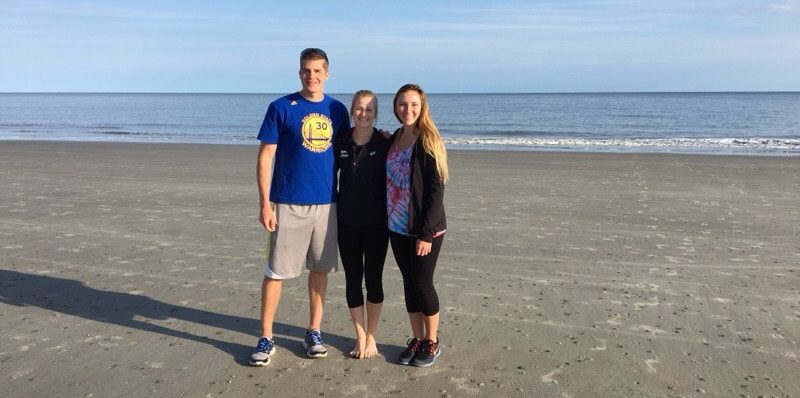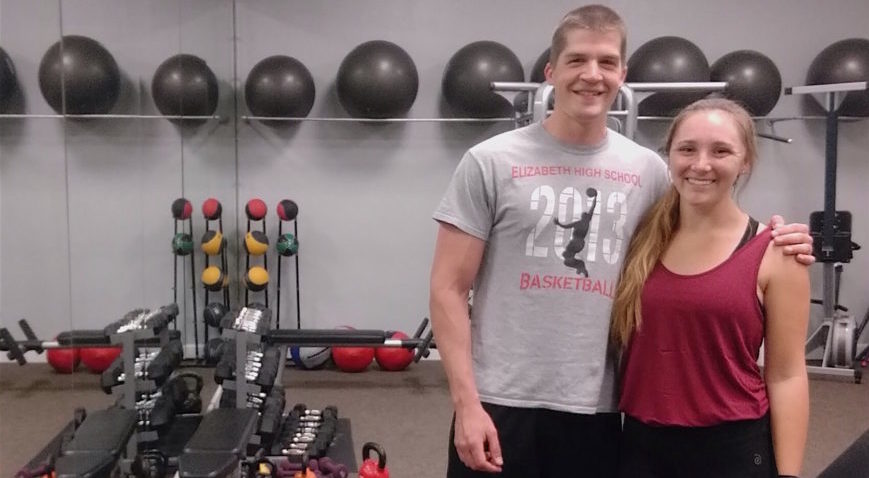
CSU senior Shane Wilson often gives his fellow Hilton Head Health Institute intern Amber Moloney a hard time about always being so upbeat, and Feb. 5 was no exception.
“Amber is the type of person who is almost annoyingly positive, and I was giving her grief about it, just for fun,” says Wilson, who is majoring in health and exercise science with a concentration in health promotion. “She yelled across the room to me that every moment in life is precious, and I just brushed it off.”
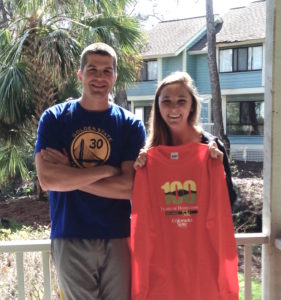
The next day, her words took on more powerful meaning.
Wilson, Moloney and the third intern at the institute, Audra Weis, were doing their usual pre-dinner workout in a gym at the wellness retreat and weight-loss spa resort in South Carolina. Moloney, a student at Winthrop University in Rock Hill, S.C., was doing some floor work.
“We were talking, laughing and having a good time, and then Amber was face-down in a pile of dumbbells,” Wilson recalls. “I initially thought she was laughing, because the abs exercise she was doing was pretty tough. But she was twitching a bit.”
“I got dizzy and passed out before I could say anything,” Moloney says.
“So I rushed over, rolled her over, and her face was bright blue,” Wilson continues. “She started to seize up, so I moved her away from the dumbbells, but she was unresponsive. Her eyes were open, looking around, but she wasn’t blinking. After two or three seconds, I realized something was very wrong, so I told Audra to call 911. Amber didn’t have a pulse and was not breathing.”
CPR at CSU
Wilson had learned CPR in the fall of 2014 as part of his coursework in CSU’s Department of Health and Exercise Science, and then got recertified last fall at the CSU Student Recreation Center in preparation for his internship at Hilton Head.
He administered a couple of rounds of CPR, 30 compressions followed by two breaths, but it wasn’t until the third round that Moloney’s chest rose.
“She had a pulse again and started coughing up foam,” Wilson says. “She was still not that responsive, so I kept up with the compressions.”
The 911 dispatcher was on Audra’s smartphone speaker, playing a metronome to keep Wilson’s compressions at 100 per minute. Finally, the EMTs arrived, and when they took over and hooked Moloney up to an EKG machine, she had a pulse and was somewhat responsive. But then she went into “v-fib,” or ventricular fibrillation, and flat-lined, so the medical team broke out AED pads and shocked her back to life.
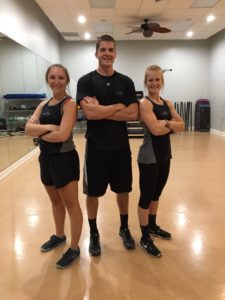
“I woke up to the EMTs calling my name,” recalls Moloney, who was rushed to the hospital.
Doctors were unable to conclusively identify the cause of the cardiac arrest. A couple of years ago, Moloney was diagnosed with mitral valve prolapse, a condition in which one heart valve doesn’t always close all the way, causing blood to flow the wrong direction. It’s a very common condition, Moloney says, but usually it goes undiagnosed.
Complete recovery
While doctors did not conclude that the cardiac arrest was caused by the mitral valve prolapse, the following week she had a pacemaker/defibrillator device implanted in the left side of her chest as a precaution to help prevent further complications. Otherwise she’s made a complete recovery (and has switched her research focus to study cardiac arrest and CPR).
She and the emergency responders credit Wilson with saving her life.
“There’s no brain damage or lung damage, so we got the best news possible out of that horrible situation,” Wilson says. “One night while she was in ICU at the hospital, we were talking on Snapchat and she said, ‘Thank you for saving my life.’ I saved a screen shot of that.”
According to Wilson, a native of Elizabeth, Colorado, one key to handling the situation was remaining calm.
“I wasn’t really panicked, I wasn’t screaming or freaking out,” Wilson remembers. “I knew what to do. We already had 911 on the phone. I was able to keep my composure until the EMTs got there, and then I got a little more emotional about it. But in terms of the response, I credit that to my training at CSU.”
It was the first time he had performed CPR on a real person instead of a practice dummy.
“You hear a clicking sound on the practice dummy that tells you you’re pushing hard enough, but on a person there’s no click to tell you how deep to go,” says Wilson.
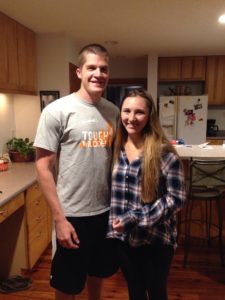 Later he recalled Moloney’s words to him the day before her collapse.
Later he recalled Moloney’s words to him the day before her collapse.
“I started to cry because of how horribly ironic that was,” Wilson says, adding that he subsequently emailed CSU senior instructor Wendy DeYoung, the department’s director of health promotion, asking her to get a message to all the other interns in the program: “Every moment in life is precious, so enjoy your time where you are, enjoy your health, and bring joy to others’ lives, because you never know what could happen to your loved ones.”
Maintain composure
According to the American Heart Association, almost 90 percent of people who suffer a cardiac arrest out of the hospital do not survive.
“Shane maintained his composure and CPR until emergency help arrived,” DeYoung says. “His actions helped deliver oxygen to Amber’s lungs and brain, preventing damage. We are very proud of Shane and the maturity he demonstrated during this emergency situation. He did everything accurately and with precision.”
“Shane’s immediate reaction to put his skills and training to use to help someone in need is exactly the kind of attitude we strive to cultivate and appreciate here in HES,” adds department head Barry Braun. “I’m immensely proud and extremely impressed but not the least bit surprised.”
Wilson, who will graduate in May, plans to open a gym called 727 Sports Fitness this summer in Fort Collins.
The Department of Health and Exercise Science is in CSU’s College of Health and Human Sciences.
